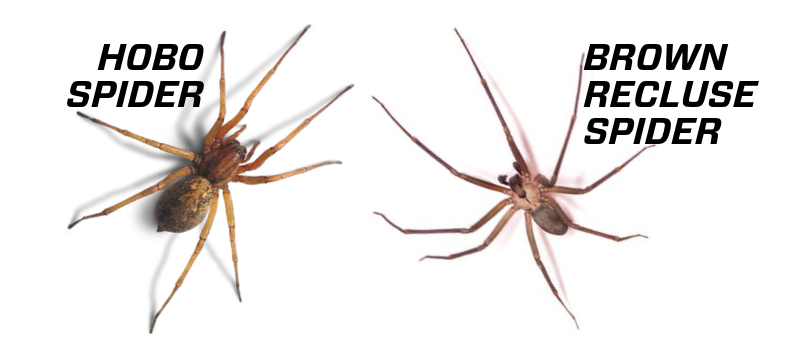Check out RESCUE! Spider Traps
Hobo spiders and brown recluse spiders are sometimes confused with each other. Here are some key ways to tell the difference between the two arachnids.
Hobo Spider
Brown Recluse Spider


Hobo spider geography: In North America, the hobo spider lives in the Pacific Northwest, from British Columbia east to Montana, Wyoming, and Colorado, and south through Oregon and northern Utah.
Brown recluse spider geography: Brown recluse spiders are found in the South Central and Midwestern U.S.
Hobo spider origin: Hobo spiders are an invasive species from Europe.
Brown recluse spider origin: Brown recluse spiders are native to the U.S.
Hobo spider appearance: Hobo spiders have a brown body and brownish-yellow markings on the abdomen.
Brown recluse spider appearance: Brown recluse spiders are mostly brown, with a darker brown violin-shaped mark on the back.
Hobo spider venom: According to the CDC, hobo spider venom is not considered toxic to humans.
Brown recluse spider venom: The CDC reports that the venom of a brown recluse spider can cause a severe lesion by destroying skin tissue (skin necrosis).
Hobo spider size: Hobo spiders are around the size of a nickel. They have shorter legs than other types of spiders.
Brown recluse spider size: Adult brown recluse spiders (with legs extended) are about the size of a U.S. quarter.
Hobo spider prey: Hobo spiders build funnel-shaped webs to catch their prey. They lie in wait at the end of the funnel for prey insects to enter the web.
Brown recluse spider prey: Brown recluse spiders hunt their prey rather than catch them in a web.
Hobo spider visibility: Because male hobo spiders wander indoors to find mates, they are more likely to come into contact with humans.
Brown recluse spider visibility: As the name suggests, brown recluse spiders typically retreat to dark, secluded areas during the daytime.


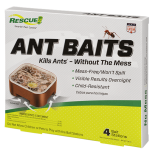 Ant Baits
Ant Baits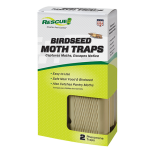 Birdseed Moth Trap
Birdseed Moth Trap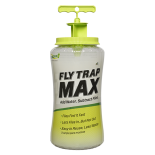 Fly Trap Max
Fly Trap Max Fly Trap, Big Bag
Fly Trap, Big Bag 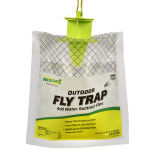 Fly Trap, Disposable
Fly Trap, Disposable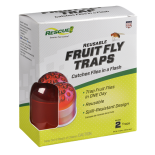 Fly Trap, Fruit Fly
Fly Trap, Fruit Fly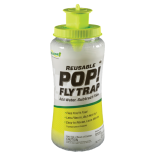 Fly Trap, POP! Fly
Fly Trap, POP! Fly 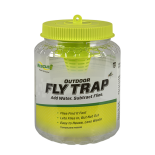 Fly Trap, Reusable
Fly Trap, Reusable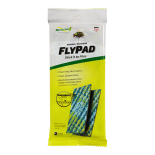 FlyPad
FlyPad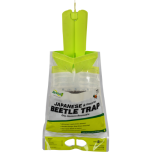 Japanese & Oriental Beetle Trap
Japanese & Oriental Beetle Trap Spider Trap
Spider Trap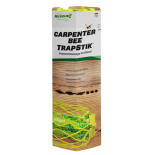 TrapStik, Carpenter Bee
TrapStik, Carpenter Bee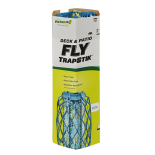 TrapStik, Deck & Patio Fly
TrapStik, Deck & Patio Fly 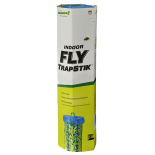 TrapStik, Indoor Fly
TrapStik, Indoor Fly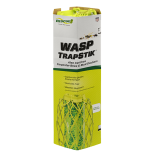 TrapStik, Wasp
TrapStik, Wasp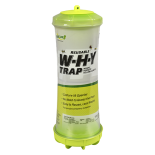 W·H·Y Trap for Wasps, Hornets & Yellowjackets
W·H·Y Trap for Wasps, Hornets & Yellowjackets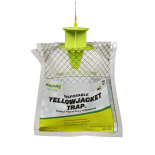 Yellowjacket Trap, Disposable
Yellowjacket Trap, Disposable 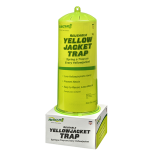 Yellowjacket Trap, Reusable
Yellowjacket Trap, Reusable 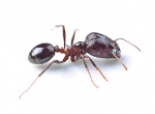 Ants
Ants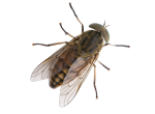 Biting Flies
Biting Flies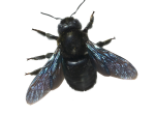 Carpenter Bees
Carpenter Bees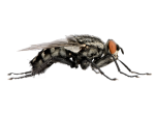 Flies
Flies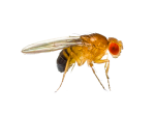 Fruit Flies
Fruit Flies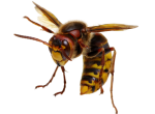 Hornets
Hornets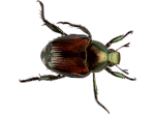 Japanese Beetles
Japanese Beetles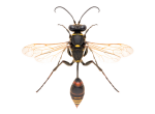 Mud Daubers
Mud Daubers Oriental Beetles
Oriental Beetles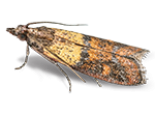 Birdseed & Pantry Moths
Birdseed & Pantry Moths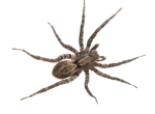 Spiders
Spiders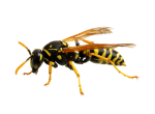 Wasps
Wasps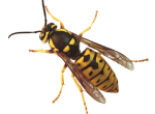 Yellowjackets
Yellowjackets